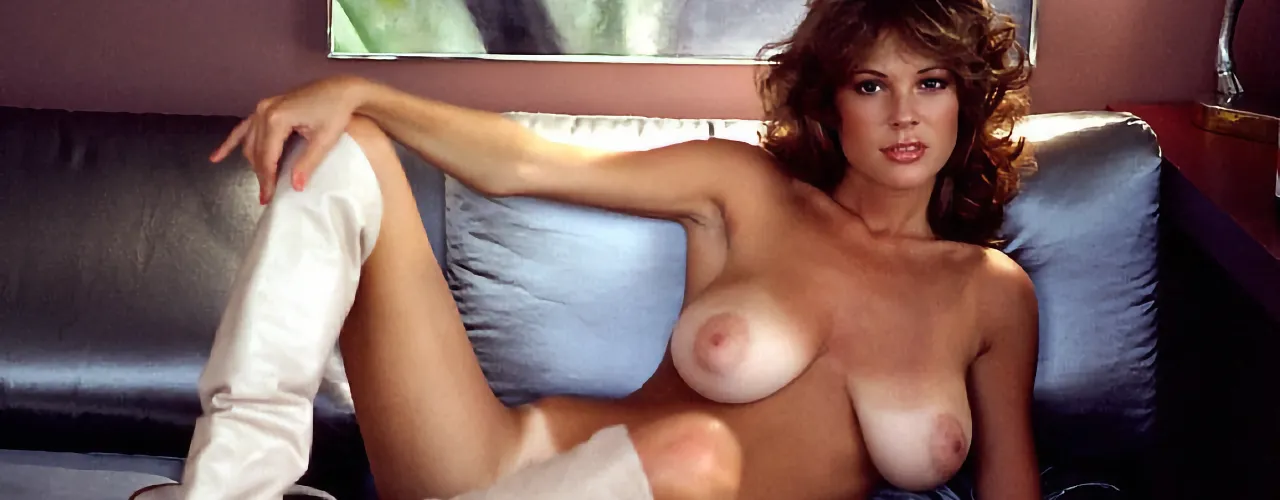sponsored content

When you hear the name Playboy, chances are a few images pop into your head—luxurious lifestyles, the iconic bunny logo, and of course, the famous magazine covers featuring beautiful women. But behind the brand is a long history that helped shape pop culture, fashion, and conversations around sexuality for decades. Let’s take a look at the world of Playboy and the role of the Playboy Playmates who became stars in their own right.
The Beginning of Playboy
Playboy was founded in 1953 by Hugh Hefner, a Chicago-born editor with big dreams. With just $600 of his own money (and a few borrowed funds), Hefner created the first issue of Playboy Magazine from his kitchen. That very first cover featured Marilyn Monroe and became an instant hit. It didn’t even have a date on it—Hefner wasn’t sure there would ever be a second issue.
But there was. And many more followed.
Over the years, Playboy became much more than just a men's magazine. It was a cultural symbol. It included interviews with politicians, musicians, and writers, short stories from literary icons like Arthur C. Clarke and Ray Bradbury, and articles on social issues. But what made it truly stand out were the models known as Playboy Playmates.
Who Are Playboy Playmates?
A Playboy Playmate is a woman featured as the centerfold model in Playboy Magazine for a given month. Each one is given the title “Playmate of the Month,” and every year, one of those 12 women is selected as the Playmate of the Year. These women became symbols of beauty, confidence, and style.
Playmates were more than just models. Many of them used the platform to launch acting careers, start businesses, or gain celebrity status. Some became household names, appearing in TV shows, films, or running their own brands.
Famous Playmates Over the Years
Several Playmates went on to become major pop culture figures. For example:
- Pamela Anderson: First appearing in Playboy in 1989, she became one of the most famous Playmates ever, starring in Baywatch and becoming a global sex symbol.
- Jenny McCarthy: She was Playmate of the Year in 1994 and went on to host MTV shows and act in films.
- Anna Nicole Smith: A 1993 Playmate of the Year, she had a successful modeling career and her own reality show before her tragic early death.
There were also countless others who gained fans around the world for their beauty, charm, and charisma.
Life as a Playmate
Being a Playmate wasn’t just about posing for a photo shoot. It was often a stepping stone into the entertainment world. Playmates were invited to events, appeared on TV, and sometimes lived at the famous Playboy Mansion in Los Angeles.
The Mansion itself became a legend. It was home to parties, charity events, and celebrity get-togethers. Hugh Hefner, always in his silk pajamas and robe, was at the center of it all. For many, the lifestyle looked like a dream—but there was also criticism over the years about how the women were treated and portrayed.
A Changing Brand
In the 2000s and 2010s, the media world changed. Magazines lost influence, and the internet became the main place for content and entertainment. Playboy had to adapt. In 2015, they even stopped publishing nude photos in their magazine for a while, saying nudity had become too accessible online. But they eventually brought it back, acknowledging that it was part of the brand's identity.
Playboy also tried to rebrand itself as more modern and inclusive. New types of models were featured, and the company leaned into social causes and digital media. Some people welcomed the change; others felt it had lost its original spark.
Playboy Today
Hugh Hefner passed away in 2017, and Playboy has gone through more changes since then. The magazine stopped printing in 2020, shifting fully to digital. The company now focuses more on lifestyle branding, fashion, and digital platforms.
As for the Playmates, they still exist—though the spotlight has shifted. Today’s models may appear more on Instagram than in print, and many build their followings independently. Yet the legacy of the Playmate title still holds a certain glamour and nostalgia.
The Legacy
Love it or criticize it, there’s no denying that Playboy had a huge impact on media and culture. It pushed boundaries, started conversations about sexuality and freedom, and helped many women find fame and opportunity—even as it faced ongoing debates about objectification and image.
Playboy Playmates were at the heart of it all—symbols of an era, and reminders of how beauty, fame, and media have always been intertwined.
While the world has moved on in many ways, the rabbit logo and those famous centerfolds remain an unforgettable part of pop culture history.